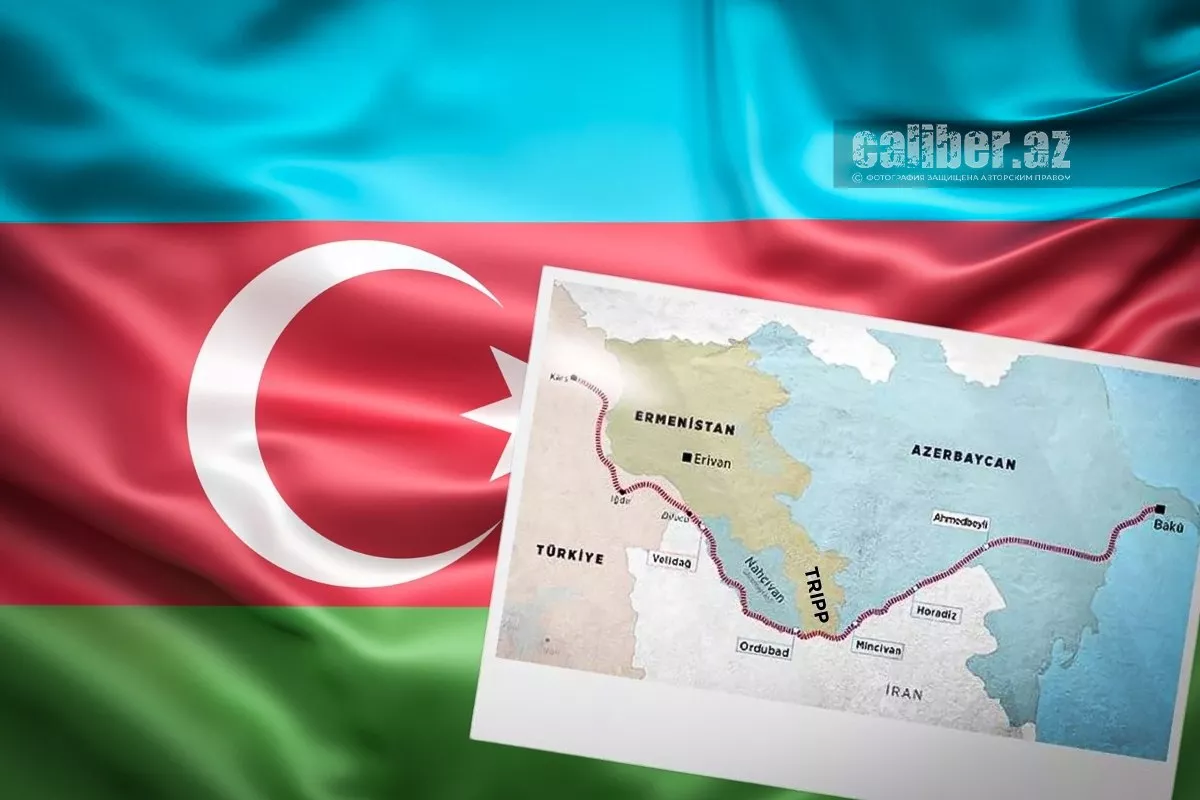One step closer to the “Trump Route” The US is moving into action
Information has appeared in the Armenian media suggesting that representatives from various circles in the United States will arrive in Armenia to discuss steps aimed at the practical implementation of the “Trump Route for International Peace and Prosperity” (TRIPP). The Armenian newspaper Zhoghovurd, citing its own sources, reports: “Well-informed pro-government sources told us that the agenda of the visit concerns a programme publicly known as the ‘42-kilometre Trump Corridor.’ The American guests will discuss not only the technical and political details of the corridor but also the volume of investments, priorities, and the timeline for the start of construction works.”
The newspaper also emphasises that the discussions will take place in a closed format, and that the decisions will be directly linked to the creation of a new road reality in the region.
It should be recalled that following the meeting between President Ilham Aliyev, President Donald Trump, and Prime Minister Nikol Pashinyan on August 8 in Washington, a Joint Declaration was signed. The declaration specifically noted that the parties confirmed the importance of opening communications, including unobstructed connections between the main part of Azerbaijan and the Nakhchivan Autonomous Republic. It also stated that the Republic of Armenia would cooperate with the United States and agreed third parties to define the framework of the TRIPP project on its territory.
First and foremost, it should be highlighted that a significant political bonus for Baku’s diplomatic portfolio is that the United States has now become the guarantor for the launch of the Zangezur Corridor. As President Ilham Aliyev has repeatedly emphasised, the Zangezur Corridor must and will be opened, and Azerbaijan has achieved this goal. By signing a separate agreement with Armenia, the U.S. has effectively confirmed that the implementation of the Zangezur Corridor is a settled matter, and the swift visit of the American delegation to Yerevan serves as further proof of this.
Taken together, all these facts indicate, first of all, that the implementation of the Zangezur Corridor is a priority in the United States’ policy in the South Caucasus, which aligns not only with the interests of Azerbaijan and Armenia but also with those of the region as a whole.
Secondly, the U.S. eagerness to promptly translate the agreements reached in Washington on the transport route into practical action signals the American side’s high level of interest in the strategically significant South Caucasus.
All of this has caused serious concern for both Iran and Russia. In particular, Russia is unwilling to relinquish its former stronghold in the region—Armenia—and is attempting by any means to maintain its significantly weakened position in the South Caucasus. This was confirmed once again by the “fresh” statements of Russian Deputy Prime Minister Alexey Overchuk: “We view the initialled agreement between Armenia and Azerbaijan with very cautious optimism.”

Analysing this “lukewarm” statement by the Russian Deputy Prime Minister, as well as the remarks of other Russian officials, several very important points stand out. In Washington, a significant breakthrough was achieved in the process of normalisation between Armenia and Azerbaijan, and a concrete action plan for the Zangezur Corridor was proposed and adopted. In doing so, the United States demonstrated to Russia that, with political will, there are no insurmountable dilemmas for a strong state.
This raises a logical question: “What prevented Russia, since the establishment of the post-conflict period in the region, from intensifying the opening of the Zangezur Corridor?” Instead of limiting itself to declarative statements, Russia—if it had genuinely wanted to—could have exerted significant pressure on Armenia to achieve tangible results in implementing the agreements outlined in the November 2020 Trilateral Statement. Incidentally, this is precisely the document Russia now refers to whenever the Washington agreements are discussed.
We will not dwell in detail on the fact that Russia itself could have brought an end to nearly thirty years of Armenian occupation of Azerbaijani territories by compelling Armenia to implement at least one of the UN Security Council resolutions. However, the Russian side took no concrete action for the simple reason that this kind of “unfinished business” suited its interests, allowing it to exploit the situation for its own gain while limiting itself to meaningless statements.
As a result, Russia has lost its influence not only in Armenia but across the South Caucasus. This became particularly evident once Azerbaijan and Armenia began direct dialogue in negotiations.
Today, Yerevan and Baku are effectively just a step away from signing a full-fledged peace treaty. It seems clear that the sequential steps being taken promptly by Washington—as evidenced by the upcoming visit of the American delegation to Yerevan—send a message to Moscow: it is time to reassess its outdated approaches to policy in the South Caucasus.








